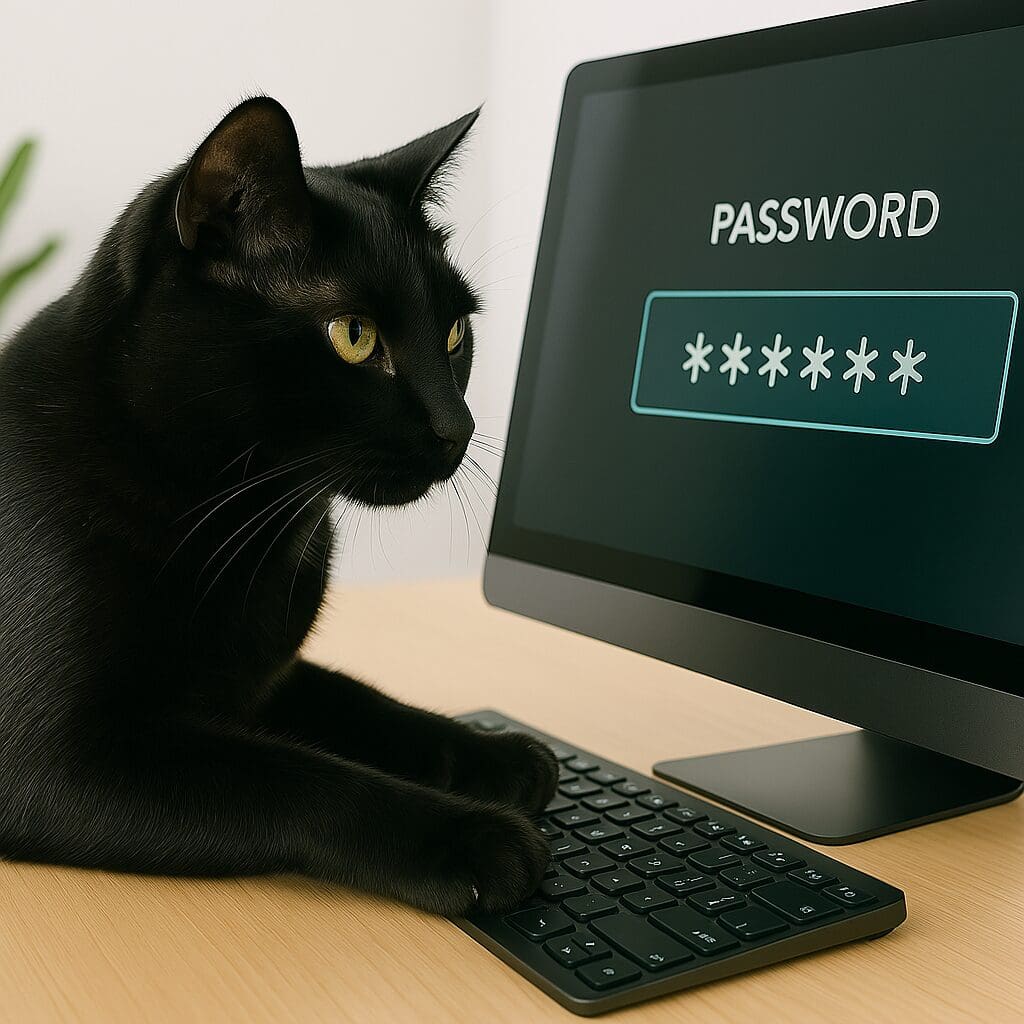In today’s digital world, weak passwords and outdated authentication methods leave individuals and veterinary practices vulnerable to cyberattacks, data theft, and identity fraud. Strong credentials and advanced verification are essential for protecting sensitive information.
Why Strong Passwords Still Matter
Your password is the first line of defense against hackers. Simple, reused, or predictable passwords like “123456” or “password” are easily cracked through brute-force or phishing attacks. Best practices include:
- Use 12+ characters with a mix of symbols, numbers, and upper/lowercase letters
- Avoid personal details or dictionary words
- Use a password manager to generate and store secure passwords
The Power of Multi-Factor Authentication (MFA)
MFA adds a second layer of protection by requiring more than just a password. Common authentication factors include:
- Something you know – Passwords or PINs
- Something you have – A smartphone, security key, or token
- Something you are – Fingerprint or facial recognition
Popular MFA methods:
- Authenticator apps (e.g., Google Authenticator)
- Hardware tokens (e.g., YubiKey)
- Biometric login (e.g., Face ID, Touch ID)
Even if your password is compromised, MFA helps block unauthorized access.
New Trends: Passwordless Authentication & Biometrics
The future of cybersecurity is going passwordless. Technologies like FIDO2, biometric logins, and behavioral authentication are gaining traction. Major tech giants are pushing for device-based and cryptographic key solutions that don’t rely on traditional passwords.
Best Practices for Secure Authentication
- Enable MFA on all critical accounts
- Monitor for breaches with services like Have I Been Pwned
- Avoid phishing attempts by verifying URLs and senders
- Use encrypted password managers for storage
- Update passwords regularly, especially after breaches
Common Mistakes to Avoid
- Using guessable or reused passwords
- Ignoring MFA due to inconvenience
- Writing passwords down or storing them in unsecured files
- Never updating credentials after known breaches
Stay Protected with Expert Cybersecurity
Strong passwords and multi-factor authentication are essential, but they’re just the start. Stay ahead of threats by adopting the latest authentication methods and cybersecurity best practices!

